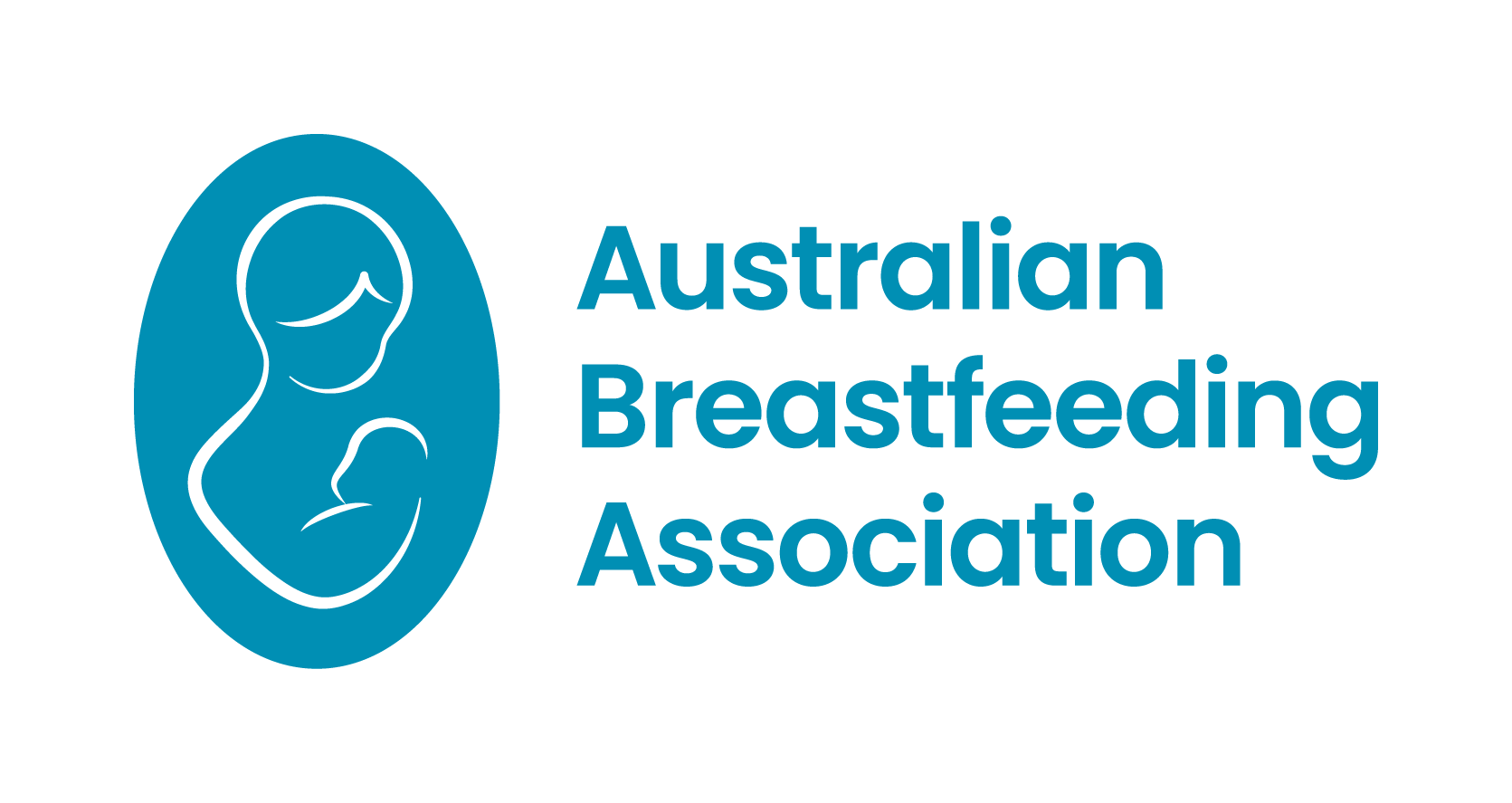Bedsharing and Breastfeeding: The Academy of Breastfeeding Medicine Protocol #6, Revision 2019.
Bedsharing has been shown to be associated with breastfeeding duration and exclusivity but it is controversial because it is also seen as a risk factor for Sudden Unexpected Infant Death (SUID). Breastfeeding, especially exclusive breastfeeding, decreases the risk of SIDS, so a recommendation against bedsharing may have the unintended consequence of reducing breastfeeding, which would be counterproductive.

